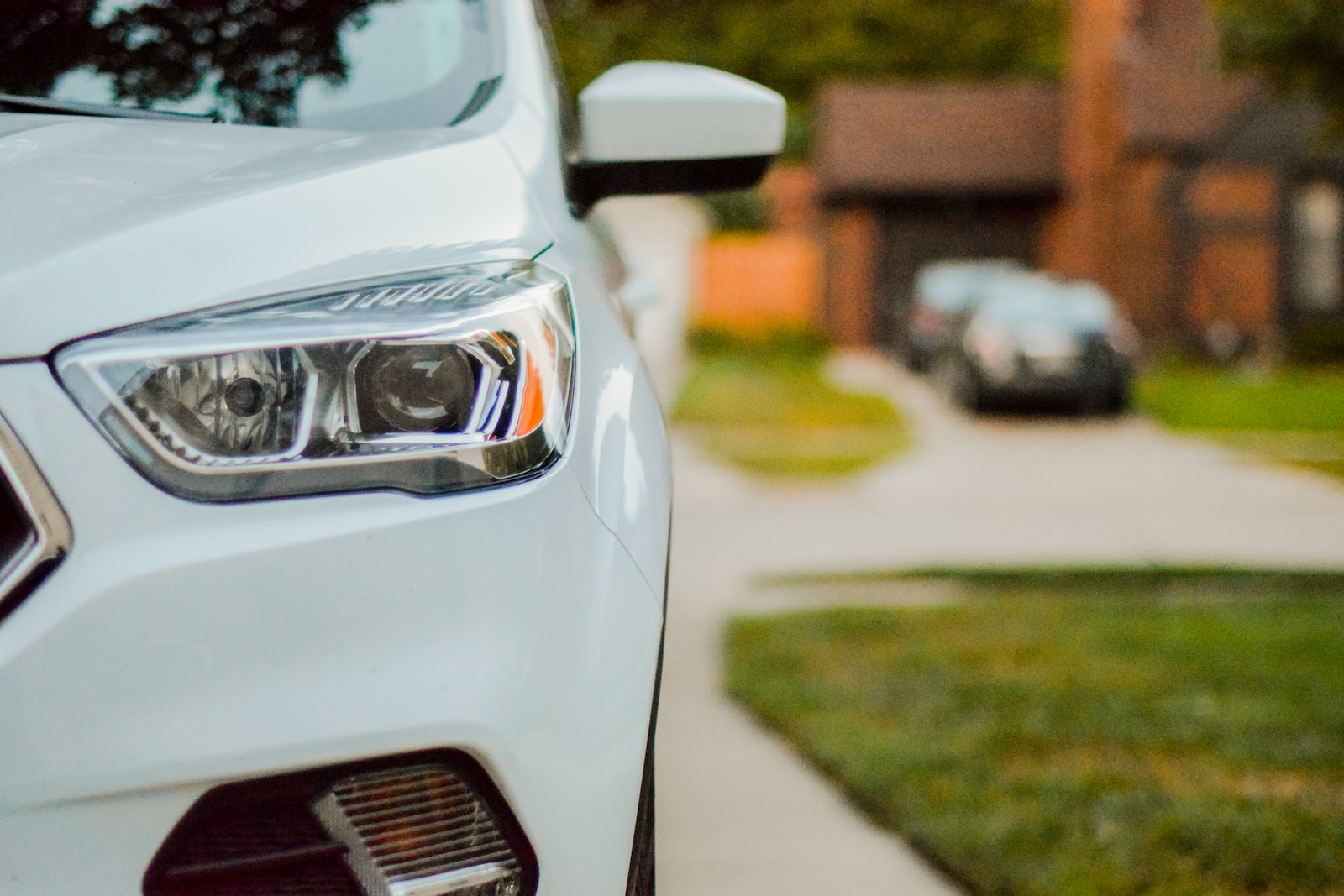As a new driver, purchasing insurance can be a daunting task. With so many options and coverage levels to choose from, it can be easy to overspend on unnecessary coverage. However, by understanding the minimum coverage levels required by law and the additional coverage options available, new drivers can make informed decisions about their insurance coverage and avoid overpaying for it.
Minimum Coverage Requirements
Before purchasing insurance, it’s important to understand the minimum coverage levels required by law in your state. These requirements vary by state, but typically include liability coverage for bodily injury and property damage. Liability coverage is intended to cover any damages or injuries that you may cause to another driver or their property in the event of an accident.
It’s important to note that these minimum coverage levels may not be enough to fully protect you in the event of an accident. For example, if you cause an accident that results in significant damage or injuries, your liability coverage may not be sufficient to cover the costs.
Additional Coverage Options
While liability coverage is the bare minimum required by law, there are several additional coverage options that new drivers should consider.
– Collision coverage: This coverage will cover any damages to your own vehicle in the event of an accident, regardless of who is at fault.
– Comprehensive coverage: This coverage will protect your vehicle from non-collision damages, such as theft, vandalism, or natural disasters.
– Personal Injury Protection (PIP): This coverage will pay for medical expenses and lost wages if you or your passengers are injured in an accident.
– Uninsured Motorist coverage: This coverage will protect you in the event that you are involved in an accident with a driver who does not have insurance.
It’s worth considering these additional coverage options, especially if you have a newer or expensive vehicle. However, it’s important to note that these options will likely come with higher premiums. It is important to strike a balance between having enough coverage and not overpaying for coverage.
Ultimately, as a new driver, it’s important to do your research and understand your coverage options before purchasing insurance. By understanding the minimum coverage levels required by law and the additional coverage options available, you can make informed decisions about your insurance coverage and avoid overpaying for it.


